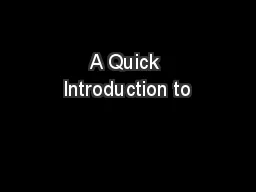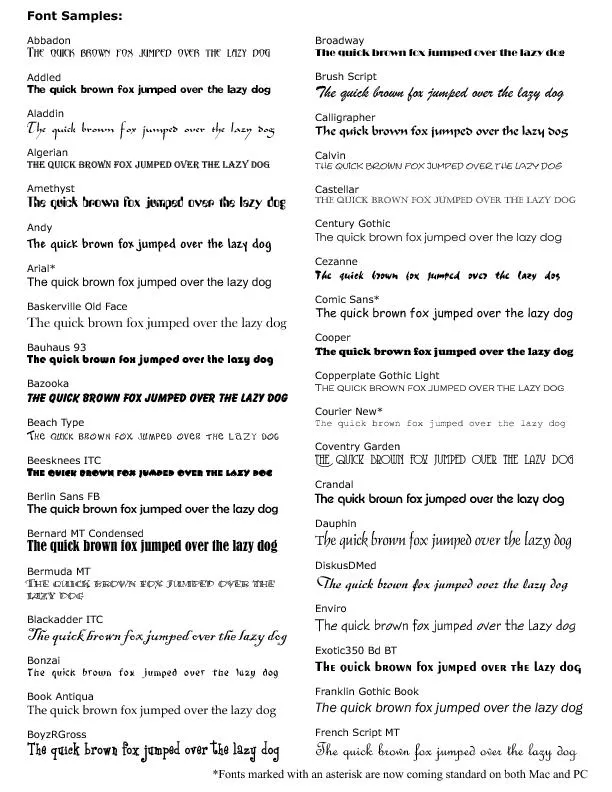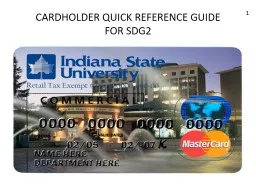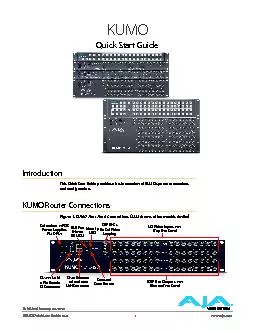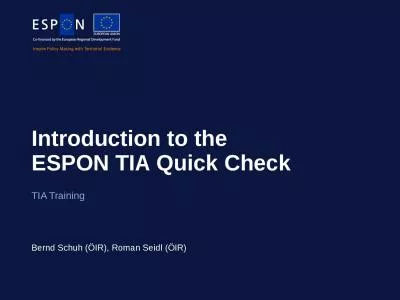PPT-A Quick Introduction to
Author : cheryl-pisano | Published Date : 2019-12-07
A Quick Introduction to Arduino and Sensors Philip C Fulmer PhD CHP Francis Marion University Florence SC Physical Computing using components that can interact
Presentation Embed Code
Download Presentation
Download Presentation The PPT/PDF document "A Quick Introduction to" is the property of its rightful owner. Permission is granted to download and print the materials on this website for personal, non-commercial use only, and to display it on your personal computer provided you do not modify the materials and that you retain all copyright notices contained in the materials. By downloading content from our website, you accept the terms of this agreement.
A Quick Introduction to: Transcript
Download Rules Of Document
"A Quick Introduction to"The content belongs to its owner. You may download and print it for personal use, without modification, and keep all copyright notices. By downloading, you agree to these terms.
Related Documents

